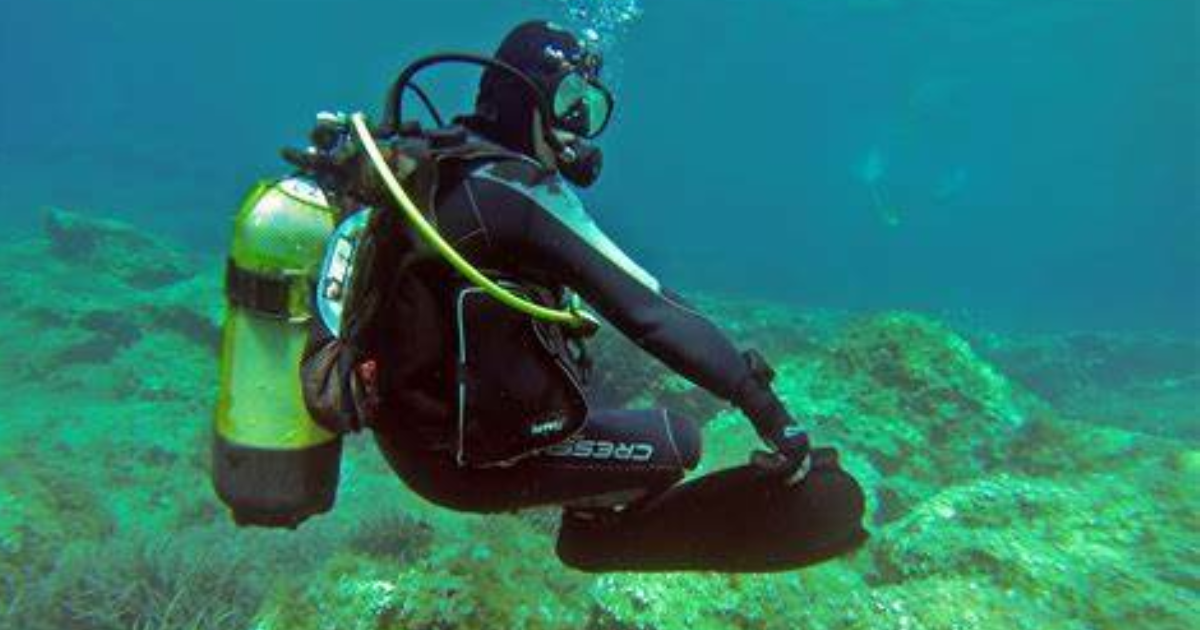
Most people learn in high school science class that oxygen generally comes from plants through the photosynthesis process.
In fact, all the known natural sources of oxygen come through biological methods. Or so most scientists thought.
Researchers have now discovered another source of Oxygen, hidden in the depths of the ocean.
In a paper published in the journal Natural Geoscience, researchers found that certain rocks on the seafloor were able to produce an electrical current that was sufficient to cause electrolysis, which separates the oxygen molecules from the seawater.
On the seafloor, a team of researchers found huge amounts of polymetallic nodules. These are basically chunks of rock that are made of various metals including nickel, copper, lithium, manganese, and cobalt.
You might notice that these are the same metals that are used to make batteries.
After further study, it was found that one of these nodules could produce a small electric charge of about .95 volts. When several of these rocks were clustered together, the team observed electrical charges up to 1.5 volts, which is enough to cause electrolysis.
One of the study’s co-authors, Franz Geiger, is a professor of chemistry at Northwestern University. In a statement, he said:
“It appears that we discovered a natural ‘geobattery. These geobatteries are the basis for a possible explanation of the ocean’s dark oxygen production.”
Dark oxygen is the term the team came up with to describe the oxygen that is being produced in the lightless ocean floor.
This paper could have some significant impact on how life began on Earth. It was often a point of confusion that life on Earth, which generally requires oxygen, was also the source of oxygen.
Andrew Sweetman at the Scottish Association for Marine Science and the lead author of the study released a statement about this, saying:
“For aerobic life to begin on the planet, there had to be oxygen and our understanding has been that Earth’s oxygen supply began with photosynthetic organisms. But we now know that there is oxygen produced in the deep sea, where there is no light. I think we therefore need to revisit questions like: where could aerobic life have begun?”
This study further reveals just how little we really know about the ocean floor.
If you thought that was interesting, you might like to read a story that reveals Earth’s priciest precious metal isn’t gold or platinum and costs over $10,000 an ounce!